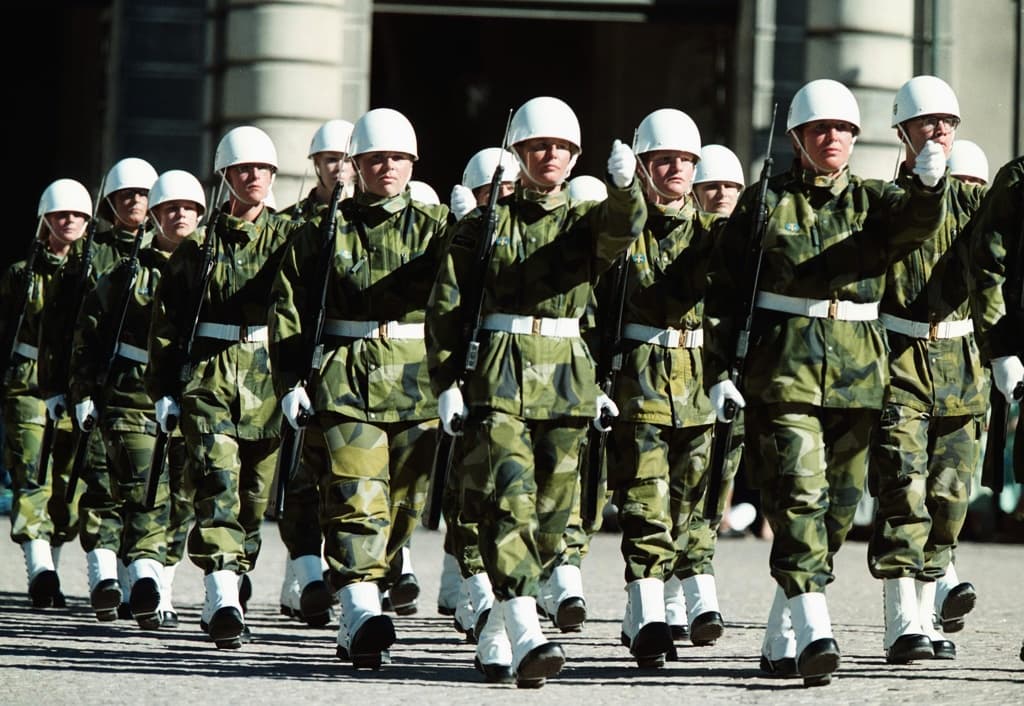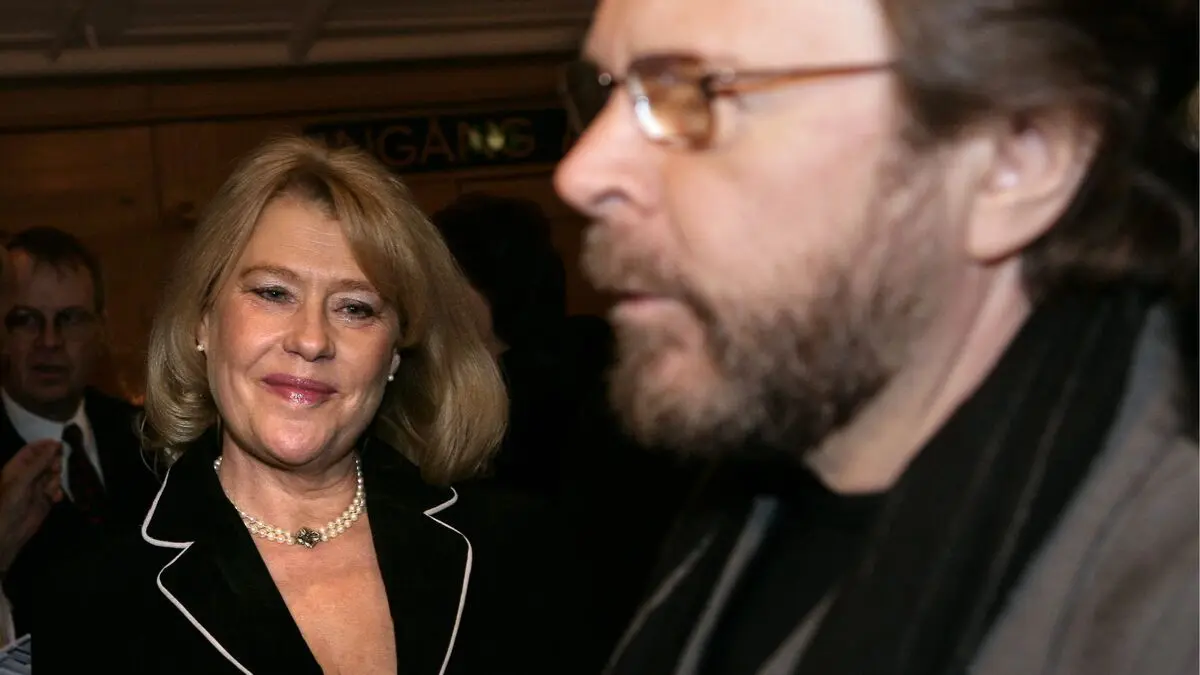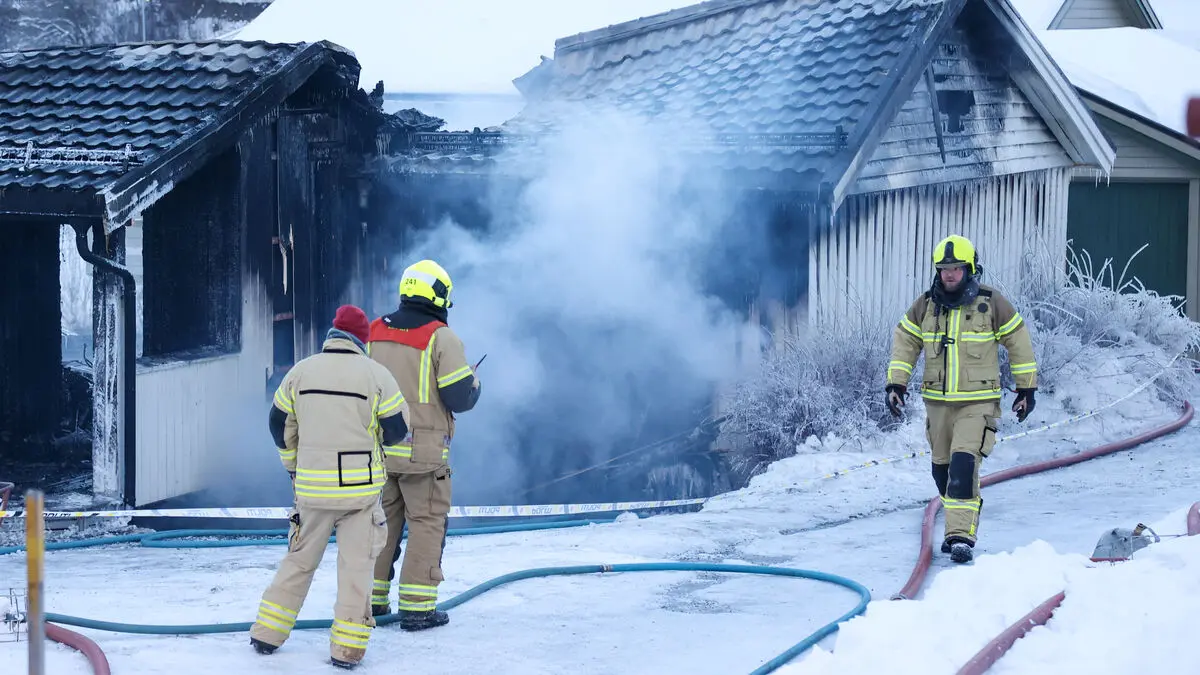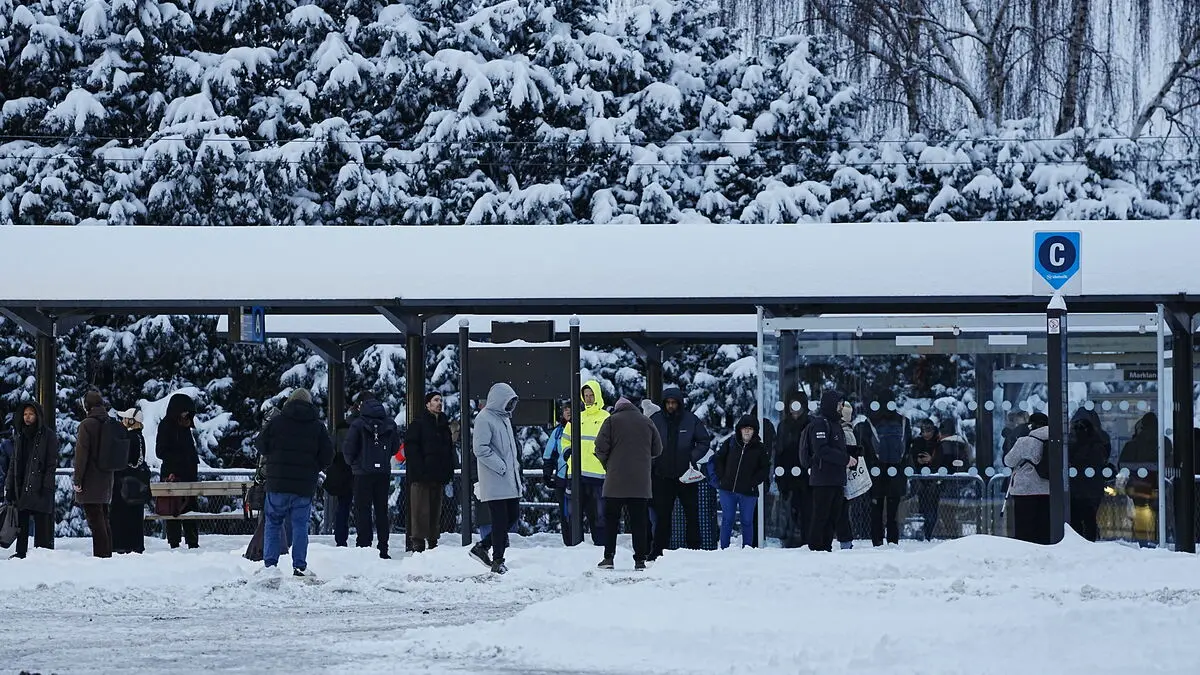To the centenary, the Swedish Women's Voluntary Defence Organization stands stronger than in a long time. Uncertain times have led more people to seek out the organization.
It began in 1924. The interest in engaging in voluntary defense organizations was great after World War I, and inspired by the Finnish Lotta Svärd organization, Tyra Wadner founded the Association of Stockholm's Landstorm Women.
The movement grew rapidly and was at its largest during World War II. The record year was 1943, when they had 110,813 members, a figure that corresponded to five percent of the female population over 15 years old.
New members
In connection with Russia's invasion of Ukraine, many sought out the Swedish Women's Voluntary Defence Organization (SLK). Two weeks after the war broke out, they had received 640 new paying members – roughly what they usually get in a year. Throughout 2022, SLK received 2,228 new members, and today the membership count is 5,546.
In some way, the Women's Voluntary Defence Organization reflects the Swedish defense will, and so it has been in all times. You saw it when we entered the Cold War, and you saw it in 2022, says Jennifer Bergström, who studies military history at the Defense University and has delved into the history of the Women's Voluntary Defence Organization.
During the 1960s and 1970s, civil preparedness grew. The transition to right-hand traffic, the salvage of the warship Vasa, and mass vaccination against polio are some historical events where the women's voluntary defense organization was helpful.
The organization's ability to adapt to its time is one of the reasons why the movement has had such a long life, believes Secretary-General Anna Nubäck.
One adapts to what is current in society.
The great decline
But the membership count fell, and in the 1990s, the great decline came. The organization that once had over 100,000 members was now down to around 10,000.
One who has been loyal to the Women's Voluntary Defence Organization is Ingegerd Hermond, who has been a member since 1969. When the membership figures plummeted, she stayed.
I thought what I was doing was so much fun. It felt meaningful.
For her, the Women's Voluntary Defence Organization has meant development. As a flight lieutenant, she became a captain in the Home Guard. And she, who in school hated speaking in front of others, discovered as an instructor and course leader that it was really fun.
Among the assignments that stand out is the task as commander of the Royal Guard and Crown Princess Victoria's wedding.
And the camaraderie, the women's voluntary defense camaraderie. You get a large network.
Debated issue
That the Women's Voluntary Defence Organization is only open to women is a debated issue – even within the organization. But that the organization consists only of women can lower the threshold for engaging in a traditionally male-dominated area.
It's about women needing to be motivated to take on a commitment, says Anna Nubäck.
Getting more women to engage in total defense is our most important task.
Total defense is a concern for everyone, emphasizes she.
A society that is engaged in what we have and appreciates – and that we can stand up for it. That's how you deter the enemy. And it's a task for everyone.
She points, among other things, to home preparedness, where the recommendations for how long one should be able to manage without society's help have been tightened in stages. SLK educates the public in home preparedness on behalf of the Swedish Civil Contingencies Agency (MSB).
There, women are an important way in. However equal we may be, it's ultimately often the women who are responsible for ensuring there is food and water and security for the children.
Aiming for the Home Guard
Jennifer Bergström notes that the Women's Voluntary Defence Organization has contributed to evening out the gender distribution in defense and security issues, where women have had difficulty getting in.
The Swedish Women's Voluntary Defence Organization educates specialists, such as field cooks and staff assistants, for placement in the Defense Forces. A goal is to get more women into the Home Guard, where men often have an easier time getting in due to more men having military service training.
Mariam Ismail Daoud joined the Women's Voluntary Defence Organization in 2019 with the aim of getting into the Home Guard.
I was from the beginning very clear that I would get into "the green" (the military).
She took the two-week basic soldier training for volunteers (GU-F) and now has a position as a staff assistant.
It feels incredibly important to have a whole women's organization behind you when you're in the Home Guard. It's extremely important that we women are involved and active in strengthening society, says she.
Beyond her position in the Home Guard, Mariam Ismail Daoud holds courses, informs, and recruits. Many choose to engage a lot, but it's not a requirement, emphasizes Anna Nubäck.
For those who want to engage, there's always something to do. All parts are valuable, from supporting by paying membership fees and giving thumbs up on social media to becoming an active functionary.
On September 10, 1924, the Association of Stockholm's Landstorm Women was founded – what would later become the Swedish Women's Voluntary Defence Organization.
All women, regardless of age, who are citizens or registered in Sweden can become women's voluntary defense organization members.
Today, the Swedish Women's Voluntary Defence Organization engages and educates women to take an active role in society's crisis preparedness and total defense.
On behalf of the Swedish Civil Contingencies Agency (MSB), SLK educates the public in home preparedness.
They educate volunteers in several different military competencies with placement in the Defense Forces, staff assistants, intelligence assistants, and field cooks.
Additionally, they educate volunteers for placement with civilian authorities and county administrative boards.
Source: Swedish Women's Voluntary Defence Organization






